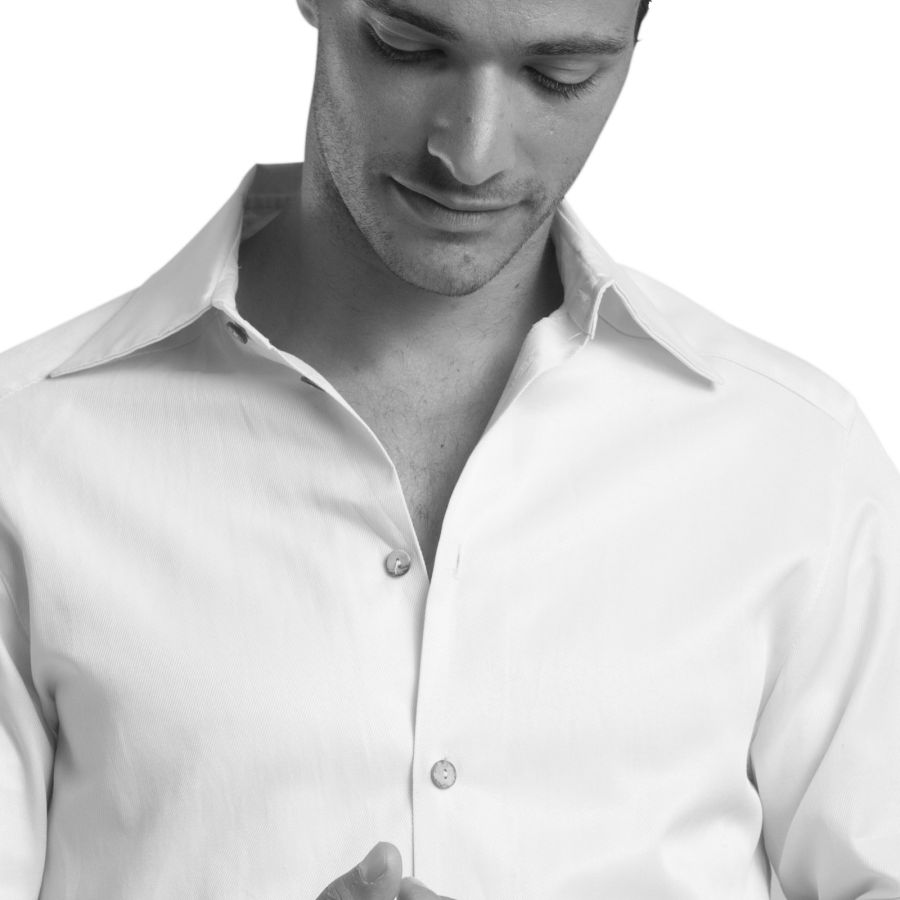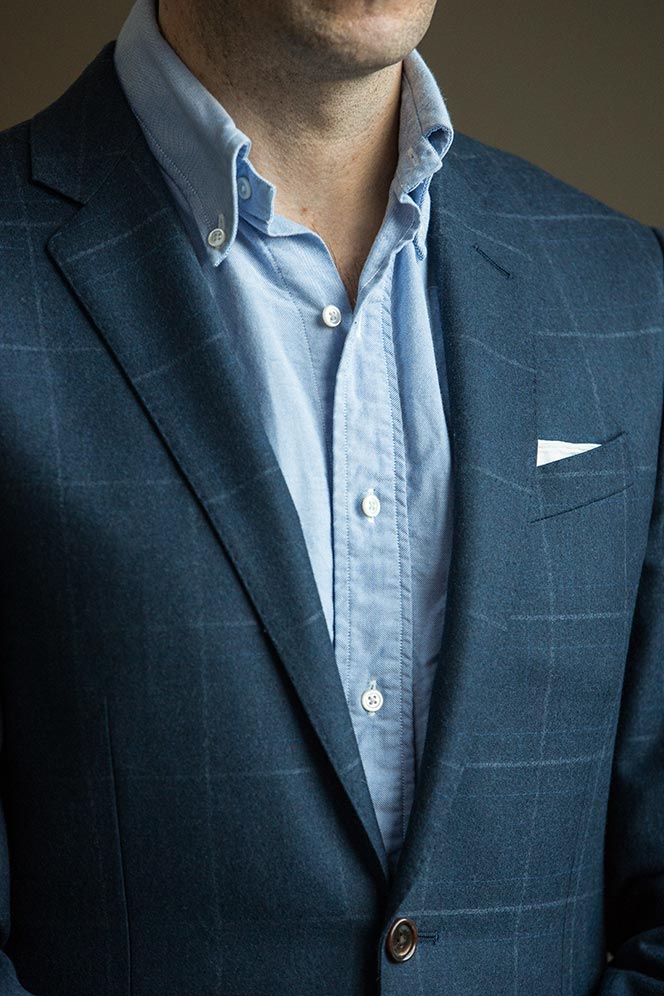For better or worse, appearance is increasingly become more and more vital in today’s world, none more so than in the work environment. Your appearance can make or break a first impression and will often do more talking than anything you might be able to spell out, so it’s important to ensure that you are dressed to impress when you go into work. Knowing how you are going to be perceived before you get dressed in the morning will not only help you plan accordingly, but might even allow you to take advantage of your state and get yourself ahead in your working world.
Navigate the article
#1 One Button Undone
Increasingly become the norm in the current working world, it is not uncommon now to see high profile business people striding around with their top most button undone. Perfect if you're looking to make a statement by not making a statement, this looks blends together the social acceptability of someone who takes their job seriously, but also knows how to relax and not let things get to them. To some, it might even convey a subtle hint of self-confidence in one's self as you just hint at displaying some chest hair.
#2 Two Undone
The perfect form of looking casual, the two undone approach is the perfect showing of ease and release while working. A far more overtly seductive look, there is a messy sense of eloquence that arises from the two button approach, almost the reality that you know it wouldn't normally be correct to dress yourself like this but you still have. The ultimate form of looking relaxed and youthful, this approach is a lot more reliant on the design of the shirt than the other approaches. A generous collar is a must with this approach; relying on a tall, structured collar will only lead to negative connotations being tossed your way.
#3 Fully Buttoned
So often attributed with rebellious school boys from the history books, the air tie has become a symbol of being anti-establishment and entirely resentful of 'the man'. The idea of the design comes from the fact that a fully buttoned shirt usually implies there should be a tie dangling from your neck, the fact there isn't is sometimes seen as going against social standards. Experiencing something of a comeback in the fashion world in recent years, the air tie is always greatly helped by a tight, black or white shirt with smaller and unstructured collars.
#4 Collar Buttons
Originating firstly in Italy and the Mediterranean, and much like the above approach of not wearing a tie, unbuttoning the buttons along a collar is still largely seen as an act of rebellion against social norms and expectations. Once again, the choice of shirt is key as to whether it's a fashionable look or not and whether it's a sensible move in unbuttoning the collar in the first place. Too much of a collar and you run the risk of the collar looking flappy and you being perceived as someone who has forgotten how to dress themselves.
#5 Cuff Buttons
Very few pieces of attire really drum up the levels of British stiffness and aristocratic gentlemen quite like cuff buttons. In a world where bigger, more high tech watches, friendship bracelets and various wristbands are growing with popularity, sticking steadfastly to the button up approach to your cuffs is seen as an act of holding true to tradition and keeping a bit of modest respectability for the workplace. It is still possible to keep a reasonably youthful look up with cuffs done up however, though you may be reliant on employing a two button down approach like the one we discussed above.
This post was created with our nice and easy submission form. Create your post!






